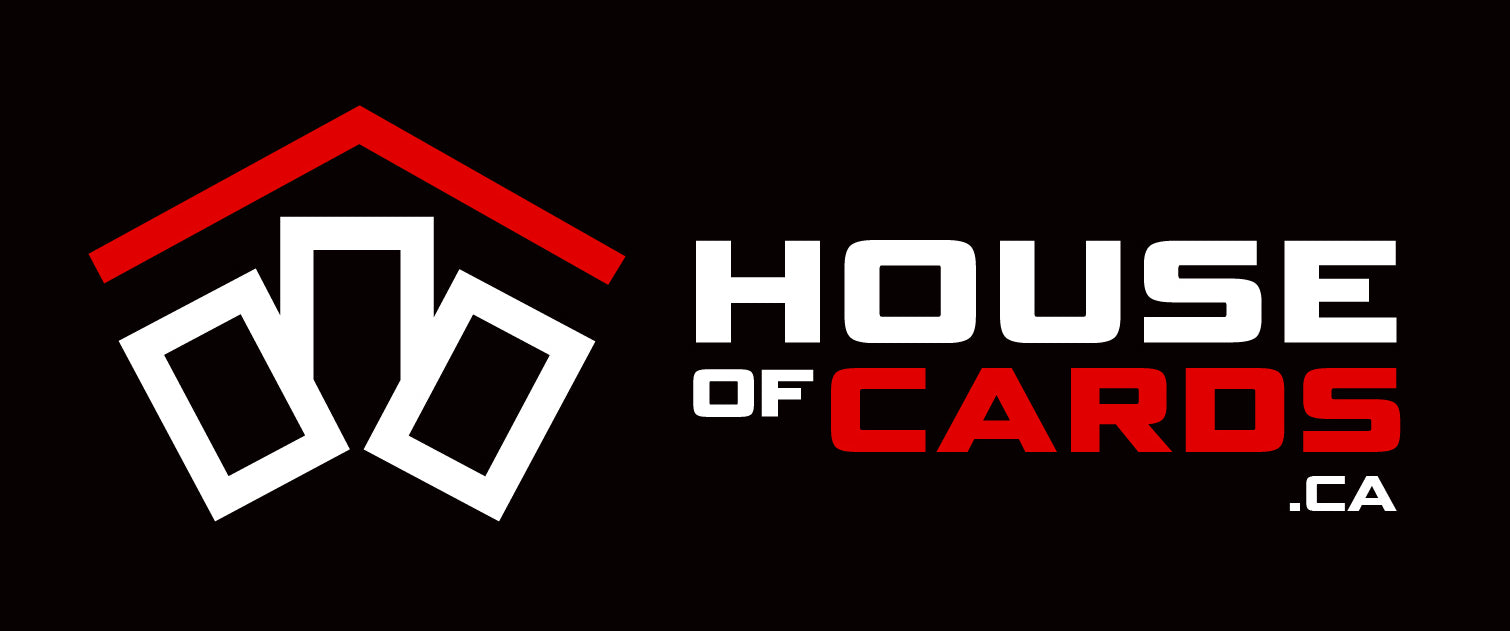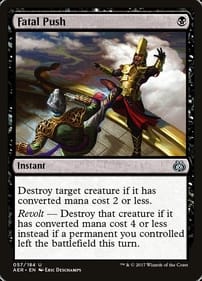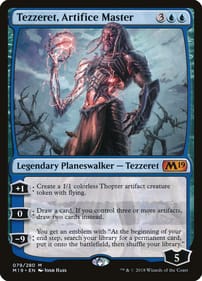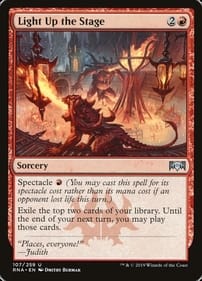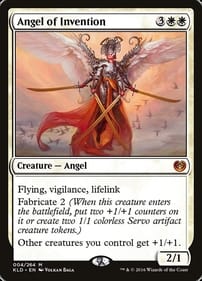Embarking on your journey into the world of Magic: The Gathering (MTG) is an exciting step into a realm where strategy and fantasy intertwine. As a new Planeswalker, you're about to explore a game that combines deep strategic gameplay with an immersive magical universe.
Whether you're attracted to the challenge of competitive play or the thrill of collecting stunningly illustrated cards, MTG offers a diverse and rewarding experience. This guide is designed to help you navigate your first steps in the game, from acquiring your first deck to understanding the basic rules and strategies.
Getting Your First Deck
The first step in your Magic journey is getting your hands on a deck. Your deck is your library of spells and creatures that you will use to do battle, so it's pretty crucial!
There are several ways to acquire one:
Starter Decks (or Intro Packs)
- These pre-constructed decks are specifically designed for beginners.
- Each deck typically follows a theme and showcases the basic mechanics of the game.
- They are balanced to provide a fair and enjoyable experience against other starter decks.
- Great for learning the ropes before diving into deck building.
Planeswalker Decks
- Slightly more advanced than starter decks, these are also pre-constructed.
- Each deck is built around a specific Planeswalker card, a popular card type in MTG.
- They offer a glimpse into more complex strategies and include a few rarer cards.
- A good choice for beginners who have grasped the basic rules and want to explore deeper strategies.
Deck Builder's Toolkit
- Ideal for players who want to start experimenting with deck building.
- Includes a mix of common and uncommon cards, a selection of rares, and basic lands.
- Comes with a guide on basic deck building, helping you understand how to create a balanced deck.
- Provides more customization than pre-constructed decks but still ensures a beginner-friendly experience.
Commander Decks
- For those interested in the Commander format (a multiplayer, singleton format).
- Pre-constructed decks with 100 cards, following the unique rules of Commander.
- A great way to dive into a popular and social MTG format.
- Note: Commander is a more complex format, so it might be more suitable after gaining some experience with the game.
Challenger Decks
- These are pre-constructed decks designed to be competitive at a local level.
- Based on popular and powerful strategies seen in recent tournaments.
- A good choice for players who have learned the basics and are interested in more competitive play.
- They offer a taste of the game's competitive aspect without requiring extensive knowledge of deck building.
Bundle Packs
- Bundles come with a number of booster packs, a pack of basic lands, and sometimes a few other items like a life counter.
- They offer a semi-random assortment of cards, allowing for a more exploratory approach to deck building.
- Best suited for players who have a basic understanding of deck building and want to expand their collection.
Understanding the Basics of Playing Magic: The Gathering

The Objective of the Game
The primary goal in Magic is to defeat your opponent, typically by reducing their life total from 20 to 0. This can be done by attacking with creatures, casting spells, or using other strategies.
Another way to win is by causing your opponent to draw from an empty library, known as "milling."
Card Types
Creatures: These are the primary way to attack your opponent and defend yourself. They stay on the battlefield and can be used every turn.
Instants and Sorceries: Spells that have immediate effects but don’t stay on the battlefield. Instants can be played during almost any phase of the game, including your opponent's turn, while sorceries can only be played on your turn.
Lands: The mana source in the game. You can play one land per turn, and they are tapped to generate mana for casting spells.
Enchantments and Artifacts: These are permanent cards that remain on the battlefield and provide ongoing effects or abilities.
Planeswalkers: A special type of card that acts as an ally with various abilities you can activate.
Mana and the Mana Curve
Mana is the resource used to cast spells and summon creatures. Lands provide mana. Without mana you can't do much during the game so making sure you have enough Lands in your deck is an important aspect of deckbuilding.
A "mana curve" is an important concept in deck building. It refers to the distribution of the mana costs in your deck, ensuring you have something to play on each turn of the game.
Balancing your mana sources with the costs of the cards in your deck is crucial.
The typical deck contains 24-26 Lands and a mix of 34-36 spells, creatures, artifacts, and other cards.
Turn Structure
A turn in Magic is divided into several phases. Each player starts their turn with the Untap Phase and then proceeds through each phase in order. Once their turn ends, the next player begins their turn starting with the Untap Phase and so on.
Untap Phase: Untap your tapped cards. Any Lands that were tapped for mana in the prior turn become untapped and are ready to be used again. Same with any creatures or permanents in play.
Upkeep Phase: Resolve any beginning-of-turn effects.
Draw Phase: Draw a card from your deck.
Main Phase 1: Play lands, cast spells, and summon creatures.
Combat Phase: Attack with creatures and resolve combat.
Main Phase 2: A second chance to play lands and cast spells.
End Phase: Resolve any end-of-turn effects and discard to the maximum hand size if necessary.
Basic Strategies
There are four basic strategies in Magic: the Gathering. The first three, Aggro, Control, and Midrange, form a rock/paper/scissors dynamic with certain strategies tending to be more effective against others.
Aggro (Aggressive): Focuses on quick, powerful attacks to defeat the opponent rapidly. Aggro tends to have an advantage against Control strategies.
Control: Aims to counter or neutralize opponent’s actions while gradually setting up for a win. Control tends to have an advantage against Midrange strategies.
Midrange: Balances offense and defense, looking to control the game in the early phases and then swing in for the win. Midrange tends to have an advantage against Aggro strategies.
Combo: Relies on using a combination of cards that create a powerful effect that can win the game outright. Combo is a wild card strategy that varies in power when compared to the others but can often find it's niche within the game.
Each playstyle has a different feel and it's good to experiment with each of them to find the one that fits you best. Some players always prefer Control, others favour Aggro, and others want to wield the glass cannon that is Combo.
Each one has its strengths and weaknesses, but finding one you enjoy is a good first step into enjoying Magic.
Game Etiquette
Understanding the basic rules of interaction and play is important, but so is learning the etiquette, like playing at a reasonable pace, clear communication of actions, and being respectful to opponents.
Magic is a game that rewards ongoing learning and adaptation. As you play more, you'll discover new strategies, card interactions, and styles of play.
Being a good sport and a helpful, friendly member of the community goes a long way to making Magic what it is today.
Building Your Magic: the Gathering Collection

Once you've got the first few games of Magic under your belt, you'll probably want to look at expanding your collection and getting some new cards to make your deck more powerful.
There is a massive world of cards waiting for you to discover and there are quite a few ways you can expand your collection.
Buying booster packs is a fun way to acquire new cards and build your collection at the same time, and one of the most common.
Booster packs come in a few different varieties. Each type of booster pack serves a different purpose, catering to various aspects of enjoying MTG:
Draft Boosters
- The most traditional type of booster pack.
- Contains 15 cards: 10 commons, 3 uncommons, 1 rare or mythic rare, and 1 basic land or token/ad card.
- Ideal for playing Limited formats like Draft or Sealed Deck.
- Side Note: Draft Boosters are going away as of the release of Murders at Karlov Manor in February of 2024, find out more about Play Boosters down below.
Set Boosters
- Designed to enhance the experience of opening packs.
- Contains 12 cards with a mix of commons, uncommons, rares, and potentially multiple rares or mythic rares.
- Includes an art card and a chance for a card from "The List" – a curated selection of cards from MTG's history.
- Suitable for players who enjoy the collecting aspect more than drafting.
- Side Note: Like Draft Boosters, Set Boosters are also going away as of the release of Murders at Karlov Manor in February of 2024, find out more about Play Boosters down below.
Collector Boosters
- Premium packs aimed at collectors.
- Contains a higher number of rares, mythic rares, and foiled cards.
- Often includes special art versions like extended art, showcase frames, and other exclusive treatments.
- Ideal for players who are looking for special versions of cards to enhance their collection or deck.
Theme Boosters
- Focused on a specific theme, often aligning with the themes of the set they belong to.
- Contains 35 cards, with a higher concentration of cards relevant to the chosen theme.
- Great for players who are looking to build or enhance decks around a particular theme or mechanic.
Play Boosters
Play Boosters are a new type of booster pack in Magic: The Gathering, designed to replace the Set Booster and Draft Booster. Here are the key details about what they include:
Common Cards (Slots #1–6): These will all be common cards from the main set. There's also an opportunity to get Booster Fun commons in this slot.
Common/The List Card (Slot #7): This slot will usually be a seventh common, but sometimes it will feature a card from The List, which includes exciting reprints and special guests with thematic ties to the set.
Uncommon Cards (Slots #8–10): Dedicated slots for uncommons from the main set.
Rare/Mythic Rare (Slot #11): A guaranteed rare or mythic rare from the main set.
Land (Slot #12): A basic or common land from the main set.
Non-Foil Wildcard Slot (Slot #13): This card can be almost anything from the main set and can be of any rarity.
Traditional Foil Wildcard (Slot #14): Similar to the previous slot but guaranteed to be a traditional foil.
Non-Playable Slot (Slot #15): This can include a token, play aide, ad card, or an art card, with varying probabilities for each.
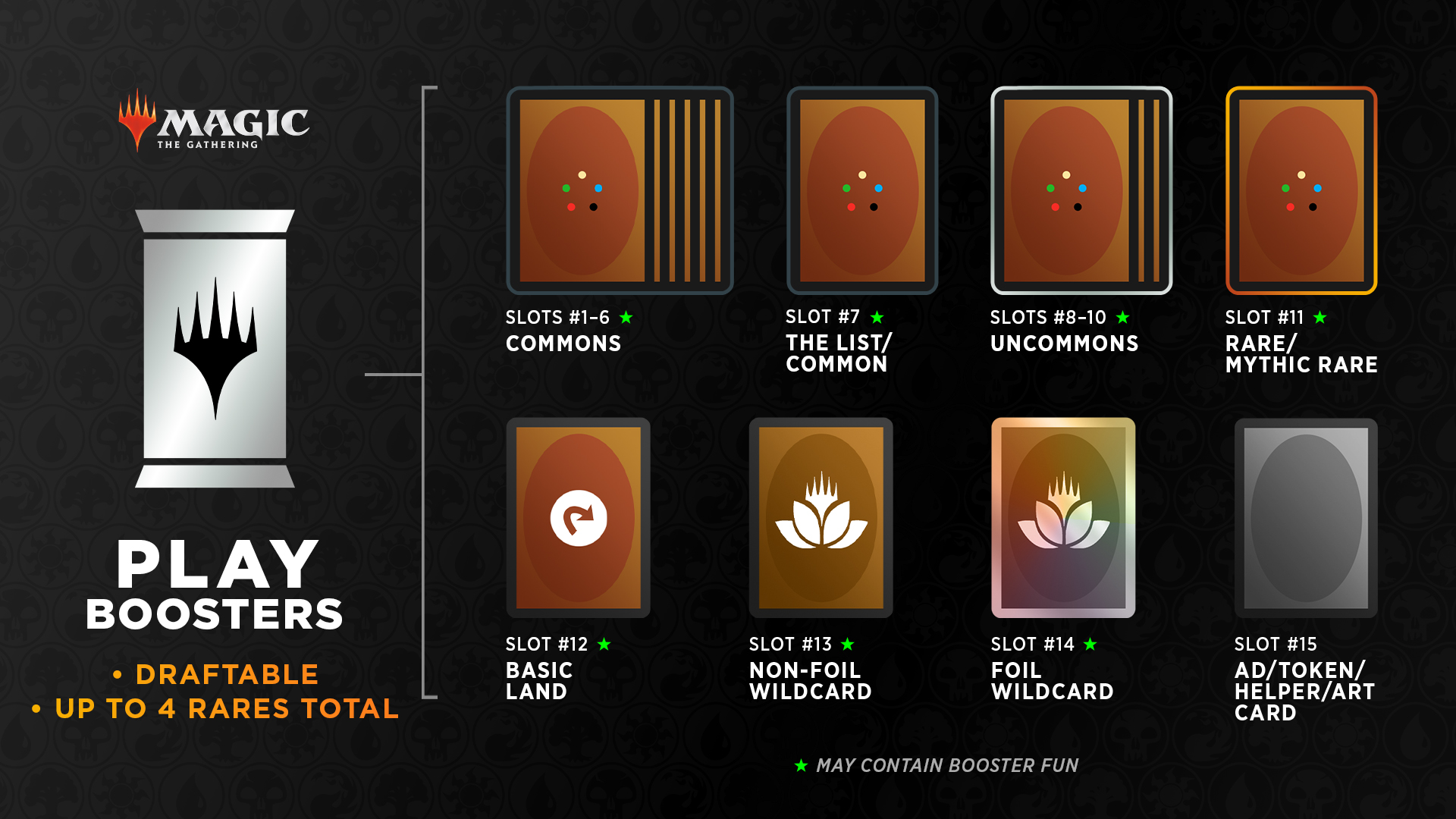
Play Boosters will debut with the "Murders at Karlov Manor" set and will be sold at the same price as Set Boosters.
Trading
Engage with the community to trade cards. This is a cost-effective way to get the cards you need.
Buying Singles
If you’re looking for specific cards, House of Cards has a massive selection of singles cards for every format of Magic. You can shop our online store to find what you're looking for, upload a list of cards and we'll pull them for you, or come into the store and browse our selection in person!
Joining the Community Magic isn't just about the cards; it's about the people you meet along the way. Participate in local events, join online forums, and engage with the MTG community on social media to enhance your experience.
Taking the Next Steps Once you’re comfortable with the basics, consider trying different formats, attending a draft event, or even joining a local tournament. Each experience will deepen your understanding and enjoyment of the game.
Starting your journey in Magic: The Gathering is an exciting adventure. With a bit of learning and a lot of practice, you’ll soon discover the joy and depth of this iconic game. Welcome to the world of Magic – may your decks be strong and your mana plentiful!
